Identifying a 2-Needle Pine
LoggyMcChopperson
9 years ago
Related Stories
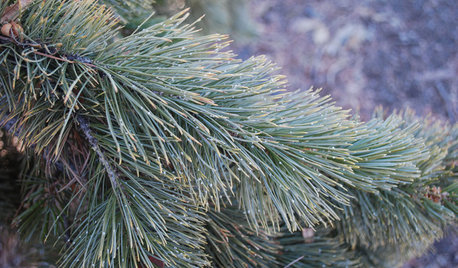
GARDENING GUIDESGreat Design Plant: Rocky Mountain Bristlecone Pine
Try this drought-tolerant small evergreen for its sculptural beauty and slow-growing nature
Full Story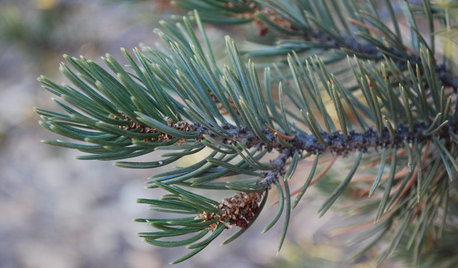
TREESGreat Design Plant: Pinyon Pine
You might just go nuts for this tough evergreen native to the Western U.S.
Full Story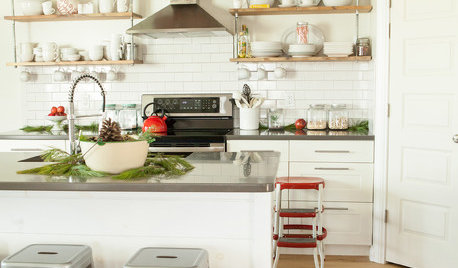
DECORATING GUIDESHoliday Decor Goes Fresh and Rustic
Heavenly scented pine branches and other decorations courtesy of the outdoors make for naturally lovely displays
Full Story
CRAFTS20 Ways to Organize Your Craft Space
Tired of looking for a needle in a haystack? Giving tools and supplies a proper place steps up productivity and cuts down on frustration
Full Story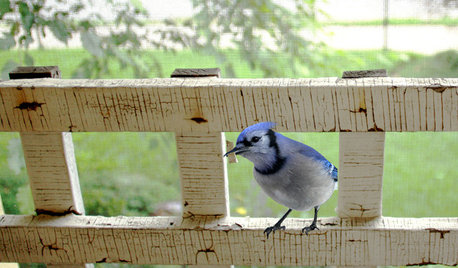
GARDENING FOR BIRDSBackyard Birds: Meet Some Clever and Curious Jays
Boisterous jays provide plenty of backyard bird-watching in winter. Here’s how to identify all the varieties and welcome them into your yard
Full Story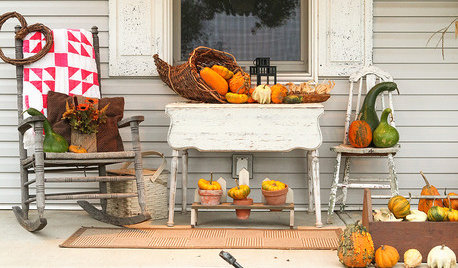
PORCHESA Peek at 2 Prettily Dressed Fall Porches
Pumpkins, fall flowers and flea market finds help two Ohio porches get into the seasonal spirit
Full Story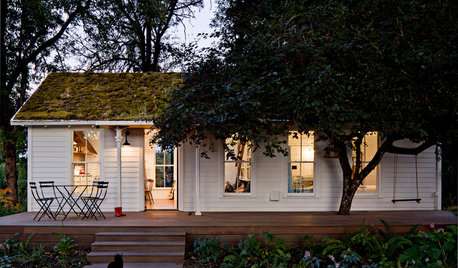
SMALL HOMESHouzz Tour: A Family of 4 Unwinds in 540 Square Feet
An extraordinarily scaled-down home and garden for a couple and their 2 kids fosters sustainability and togetherness
Full Story
HOLIDAYSHow to Care for Your Christmas Tree
Keep your tree looking lush until the last ornament is packed away with these tips for watering, using stands and more
Full Story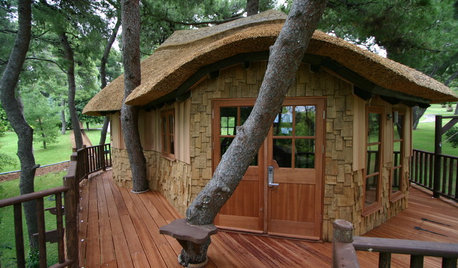
HOUZZ TOURSHouzz Tour: 'James Bond' Tree House in Greece
State-of-the-art gadgets and game consoles make this Athens tree house the ultimate tween play area
Full Story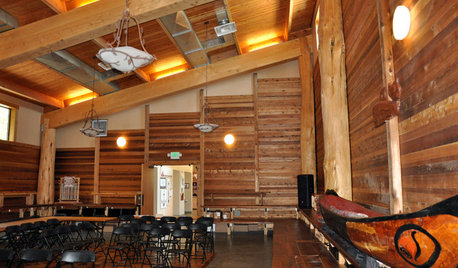
TRAVEL BY DESIGNTravel Guide: Seattle for Design Lovers
Pioneers of the past and high-tech titans of the present make for an eclectic mix of architecture, museums, hotels and eateries
Full Story





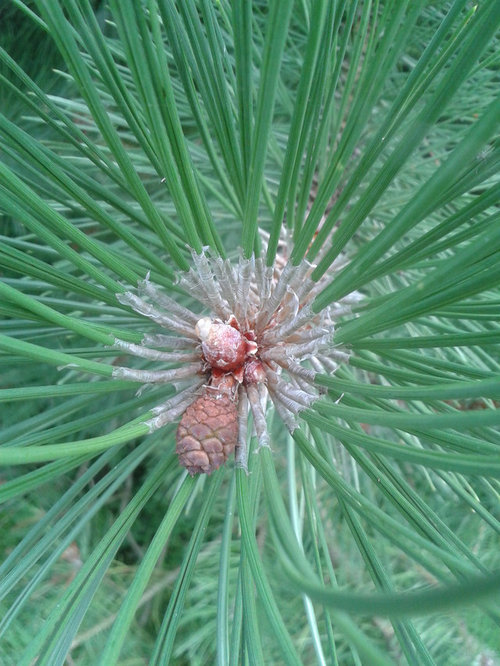



ljs8510
ken_adrian Adrian MI cold Z5
Related Professionals
Canton Landscape Architects & Landscape Designers · Londonderry Landscape Architects & Landscape Designers · Suffern Landscape Architects & Landscape Designers · Paradise Landscape Architects & Landscape Designers · Arlington Landscape Contractors · Clayton Landscape Contractors · Edinburg Landscape Contractors · Lexington Landscape Contractors · Lynn Landscape Contractors · Merced Landscape Contractors · Mesa Landscape Contractors · Oak Harbor Landscape Contractors · Rancho Santa Margarita Landscape Contractors · Salem Landscape Contractors · West Palm Beach Landscape ContractorsLoggyMcChoppersonOriginal Author
ken_adrian Adrian MI cold Z5
mikebotann
Smivies (Ontario - 5b)
Smivies (Ontario - 5b)
mikebotann
pineresin
LoggyMcChoppersonOriginal Author
pineresin
qwade
LoggyMcChoppersonOriginal Author
pineresin
LoggyMcChoppersonOriginal Author
mikebotann